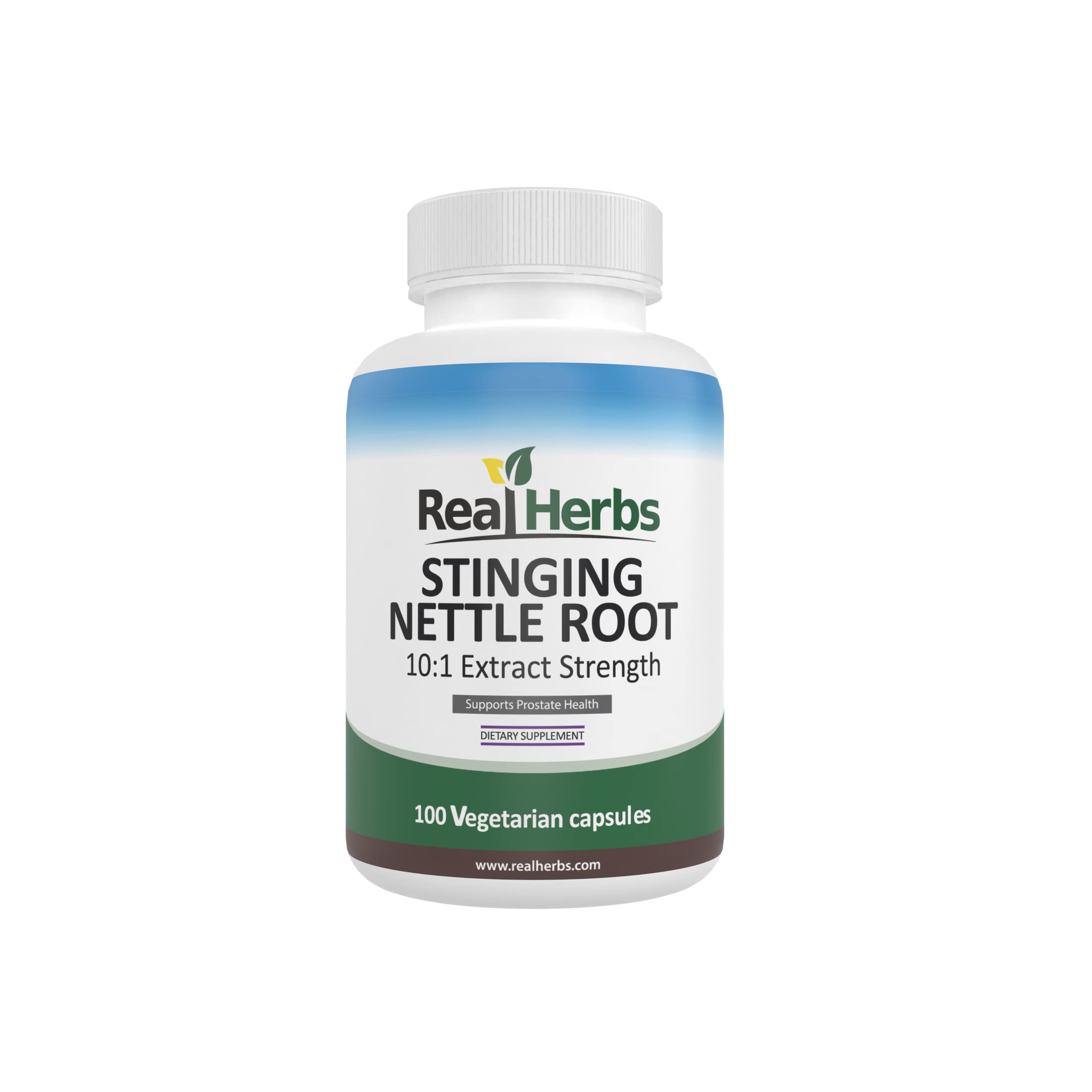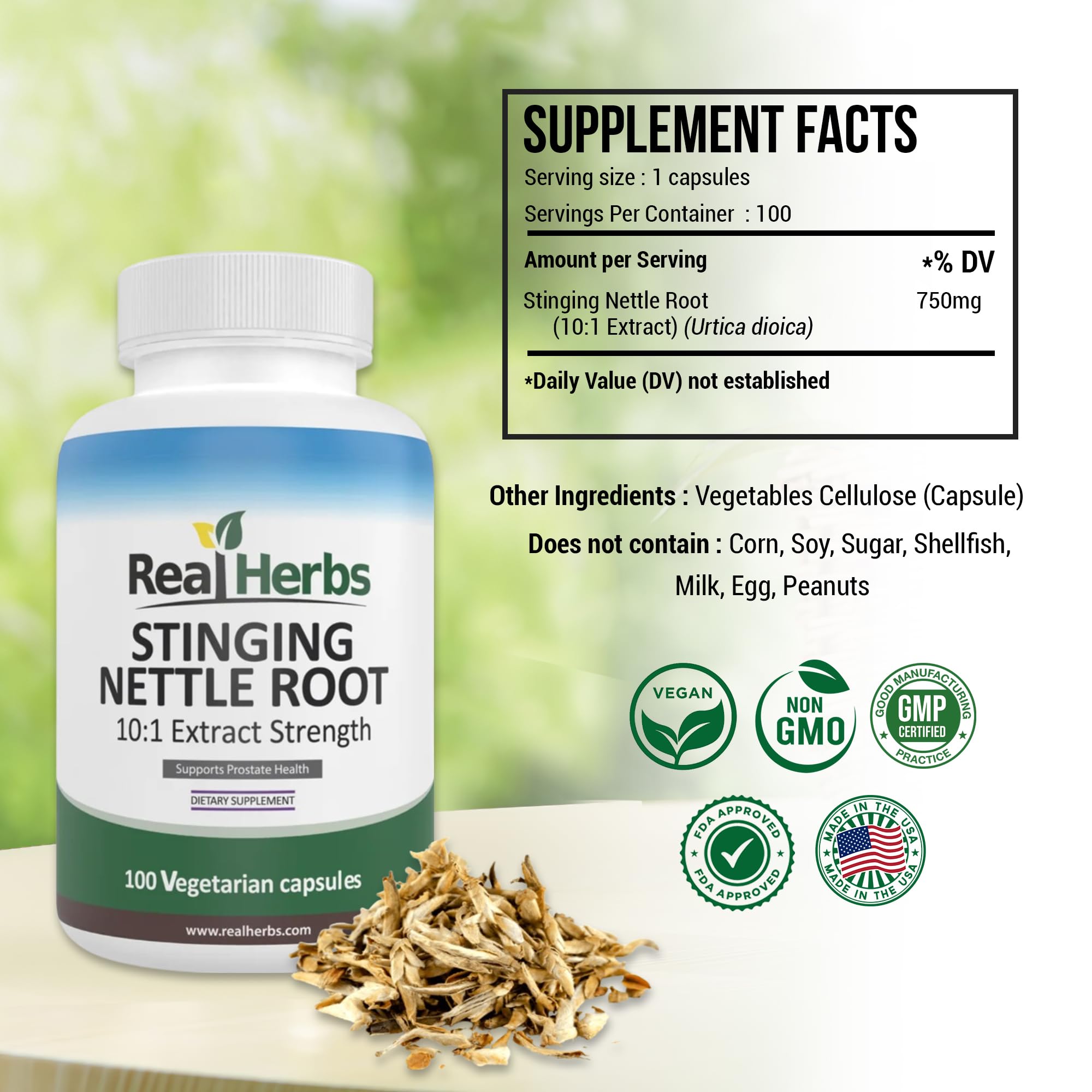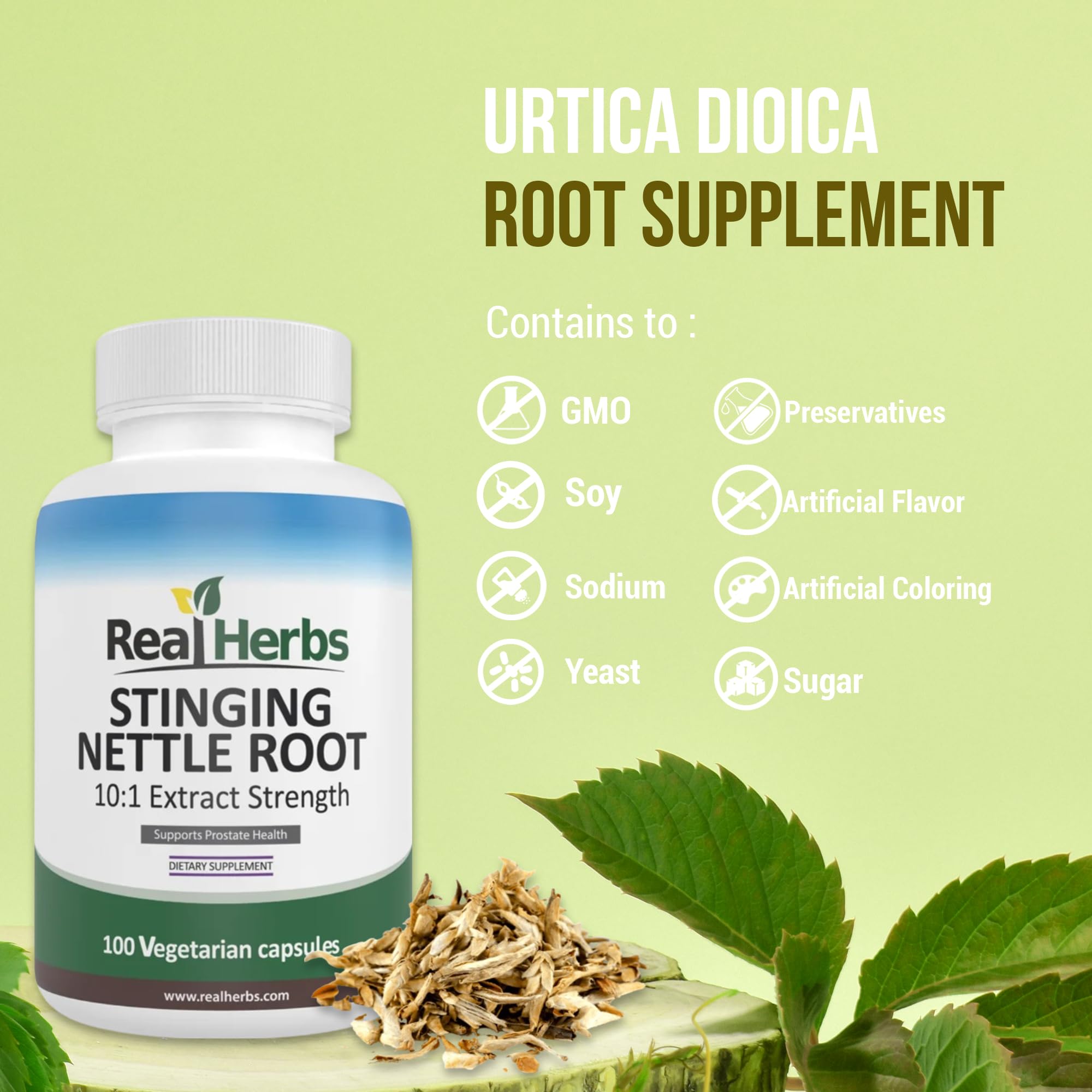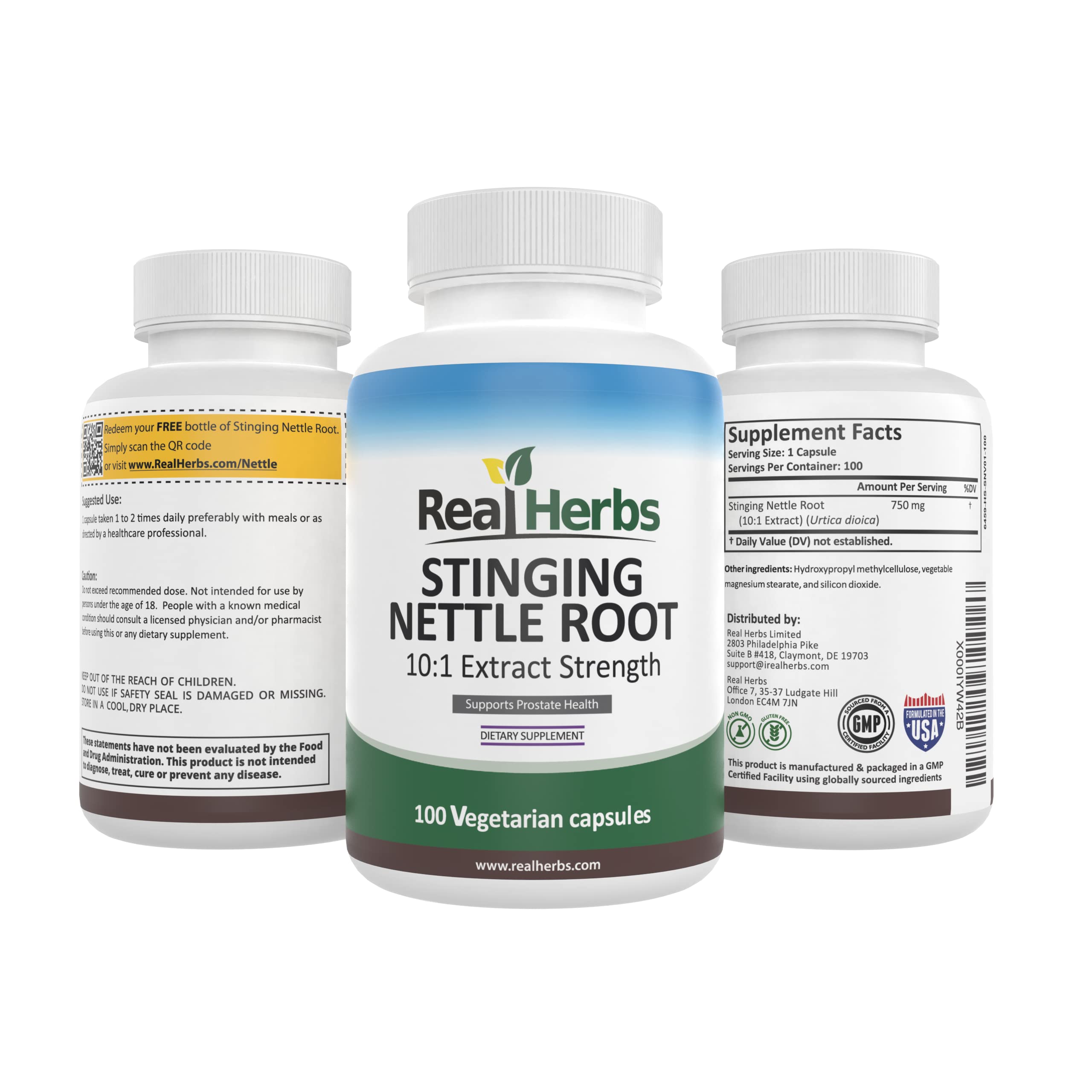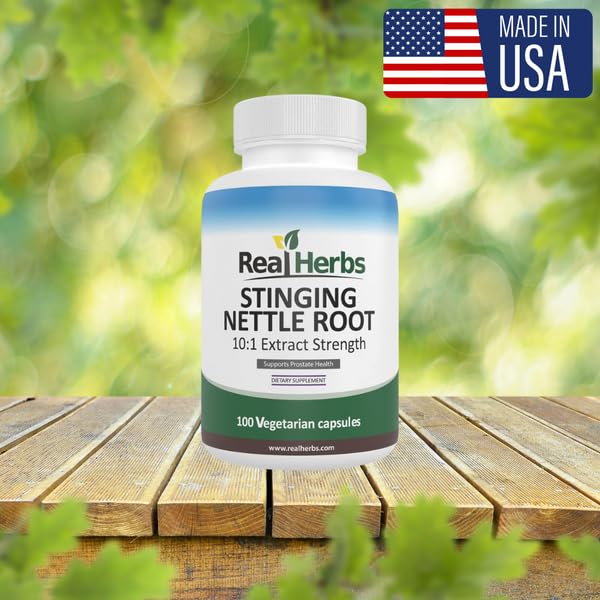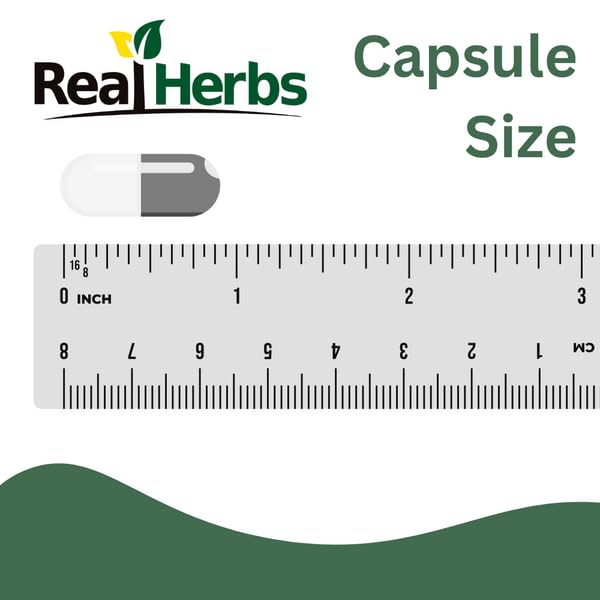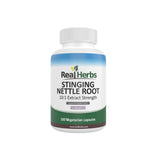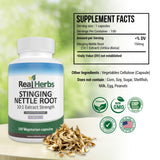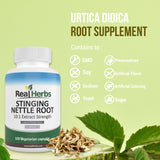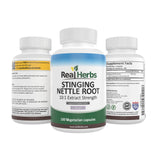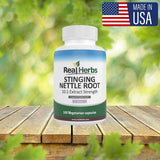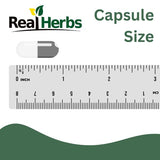How to Make Stinging Nettle Root Powder?
Introduction:
Stinging nettle (Urtica dioica) is a versatile herb that has been used for centuries in traditional medicine due to its numerous health benefits. One of the popular forms of this herb is stinging nettle root powder, which can be easily prepared at home. In this article, we will explore the process of making stinging nettle root powder and its potential health advantages.
Overview of Stinging Nettle: Stinging nettle, also known as common nettle, is a perennial plant native to Europe, Asia, and North America. Its leaves and roots are rich in vitamins, minerals, and bioactive compounds, making it a valuable ingredient in natural remedies. From supporting joint health to promoting prostate function, stinging nettle has gained recognition for its wide-ranging therapeutic properties.
Benefits of Stinging Nettle Root Powder: Stinging nettle root powder offers an array of health benefits, backed by scientific research. It has shown potential in:
-
Prostate Health: Stinging nettle root may help alleviate symptoms associated with benign prostatic hyperplasia (BPH) in men, such as frequent urination and decreased urine flow.
-
Joint Support: The anti-inflammatory properties of stinging nettle root powder may contribute to relieving joint pain and discomfort in conditions like osteoarthritis.
-
Allergies: Some studies suggest that stinging nettle root may help reduce symptoms of seasonal allergies due to its ability to inhibit histamine release.
-
Blood Sugar Control: Preliminary research indicates that stinging nettle root powder may help regulate blood sugar levels, benefiting individuals with diabetes.
Precautions and Side Effects: While stinging nettle root powder is generally safe for most people when used appropriately, there are some precautions to consider:
-
Allergies: Individuals allergic to plants in the Urticaceae family (nettle family) should avoid stinging nettle.
-
Pregnancy and Breastfeeding: Pregnant or breastfeeding women should consult their healthcare provider before using stinging nettle products.
-
Interactions: Stinging nettle may interact with certain medications; hence, it's essential to discuss its use with a healthcare professional if you're taking other medications.
How to Make Stinging Nettle Root Powder:
Step 1: Harvesting the Roots
- Wear gloves to protect your hands from stinging hairs.
- Use scissors or gardening shears to cut the roots close to the ground.
- Collect fresh, healthy-looking roots, avoiding any damaged or diseased ones.
Step 2: Cleaning the Roots
- Rinse the roots thoroughly under cold water to remove dirt and debris.
- Pat them dry with a clean towel or paper towel.
Step 3: Drying the Roots
- Place the cleaned roots in a single layer on a drying rack or a baking sheet lined with parchment paper.
- Set the drying rack or baking sheet in a well-ventilated area away from direct sunlight.
- Allow the roots to dry completely; this may take around two weeks.
Step 4: Grinding the Roots
- Once the roots are dry and brittle, use a mortar and pestle, coffee grinder, or a high-powered blender to grind them into a fine powder.
- Store the resulting stinging nettle root powder in an airtight container.
Storage and Shelf Life: To preserve the potency of stinging nettle root powder, store it in a cool, dry place away from light and moisture. When stored correctly, the homemade powder can retain its efficacy for up to six months.
How to Use Stinging Nettle Root Powder:
- Add a teaspoon of stinging nettle root powder to smoothies or juices.
- Mix it with honey or maple syrup for a natural sweetener with added benefits.
- Incorporate the powder into soups, stews, or herbal teas.
Conclusion:
Stinging nettle root powder is a natural and accessible way to harness the health benefits of this remarkable herb. By following the simple steps outlined in this article, you can create your own stinging nettle root powder and explore its potential positive effects on your well-being. Remember, always consult your healthcare professional before using any new supplement or herb, especially if you have existing health conditions or are taking medications.

